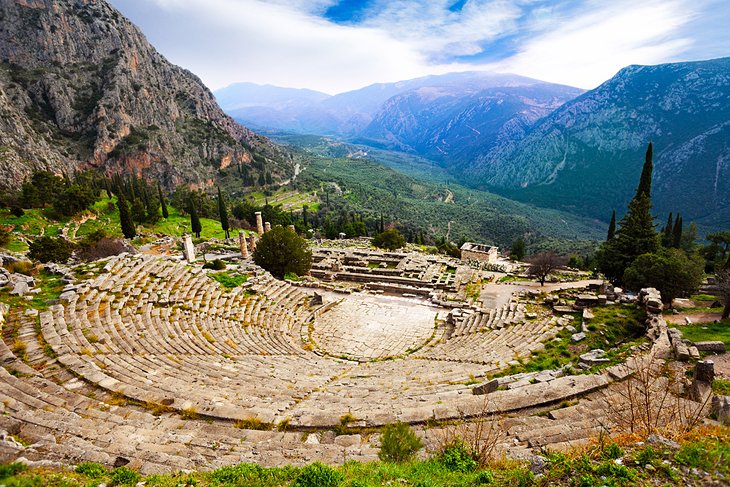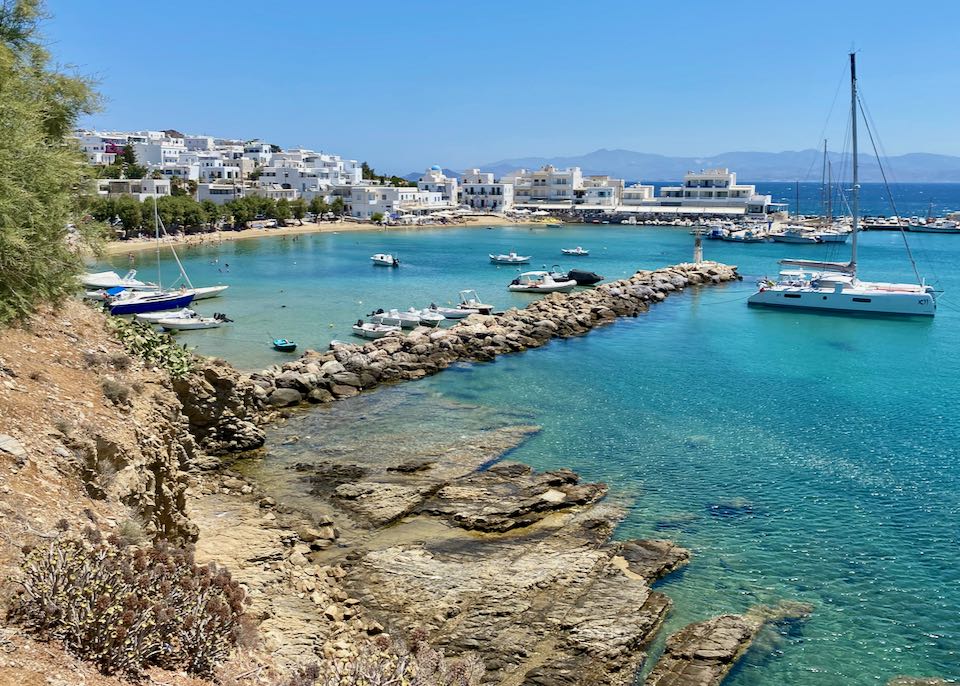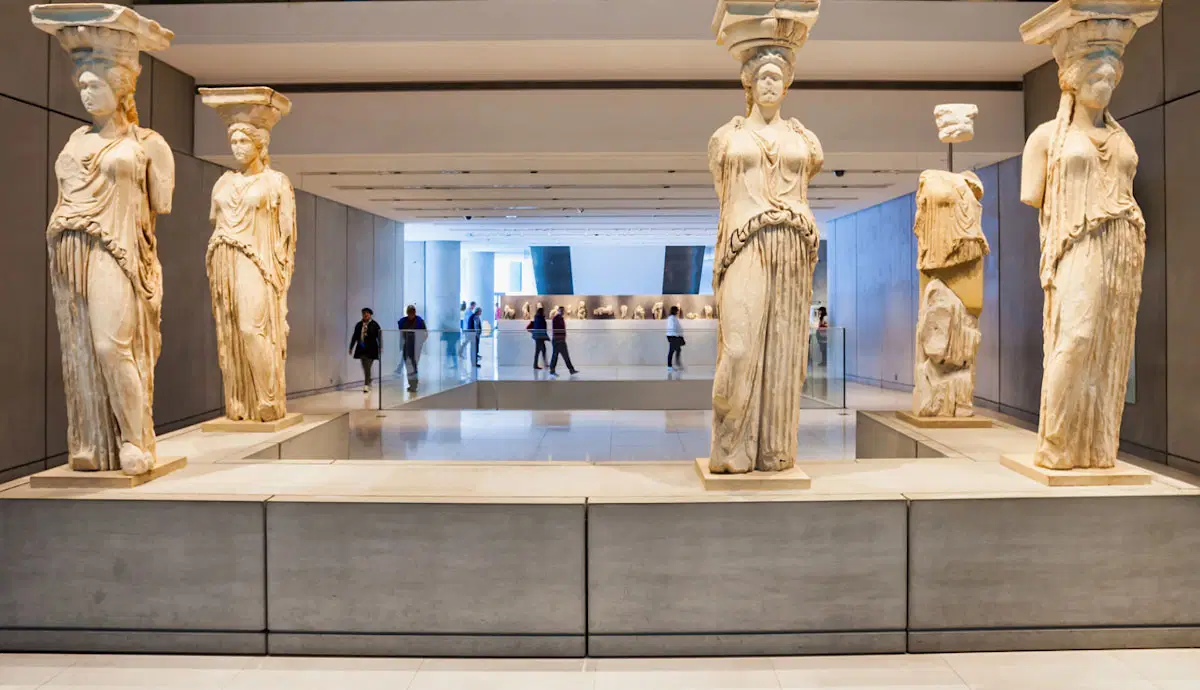Delphi

According to legend, Delphi, once known as Pytho, was a huge sacred precinct and the home of Pythia, the principal oracle who was consulted on significant choices throughout the classical era. As evidenced by the stone monument known as the Omphalos of Delphi (navel), the ancient Greeks believed that Delphi was the center of the world.The Delphyne, a she-serpent (drakaina) who dwelt there and was slain by the deity Apollo, is said to have given Delphi its name, according to the Suda (in some stories the serpent was the male serpent (drakon) Python).A designated area on the southwest slope of Mount Parnassus is home to the sacred precinct.Since 1938, it has been a part of Parnassos National Park and is now a vast archaeological site. The numerous monuments erected there by the majority of the major ancient Greek city-states, proving their basic Hellenic unity, attest to the precinct's significant importance in the ancient world and its designation as a UNESCO World Heritage Site.
The majority of the ruins that are still standing now are from the sixth century BC, when the site was most active.According to ancient belief, the location is home to a series of mythological temples, the first constructed from Tempe's olive branches, the second made of beeswax and wings, and the third constructed by Hephaestus and Athena. The architects Trophonios and Agamedes are said to have designed the first edifice with archaeological evidence, which dates to the seventh century BC. The Alcmaeonids constructed a new building, which also burned down in the fourth century BC, when it burned down in 548/7 BC.
The Temple of Apollo was a peripheral Doric structure, and the remnants that may be seen now date from the fourth century BC. Agathon, Xenodoros, and Spintharus were the ones who built it.
Delphi is a UNESCO World Heritage site on the Greek mainland. The place was revered by the ancients, who came here on pilgrimages to worship Apollo (god of light, prophecy, music, and healing) and seek guidance from the legendary Oracle. It was built on the lower slopes of Mount Parnassus, overlooking a stunning chasm.
It consists of the deteriorating remains of many temples, a stadium, and a theater that date from the eighth century BC to the second century AD. The Delphi Archaeological Museum is located nearby and features an amazing collection of artifacts from the site. Athens is 180 kilometers to the northwest of Delphi.
Driving from Athens to Delphi takes roughly two and a half hours. It's easy to accomplish as a day trip if you don't mind a long day, or even as an overnight vacation from the city.
You can choose one of the following ways to get to Delphi:
TripHobo
By Air: Athens International Airport, which is roughly 200 kilometers distant, is the closest airport.
By Taxi: It's also typical to rent a taxi or your own vehicle in Athens for the day in order to travel to Delphi.
By Admin
22 May 2025

.jpeg)



